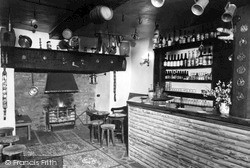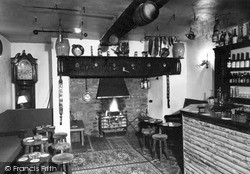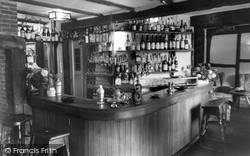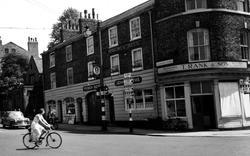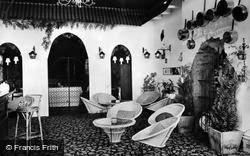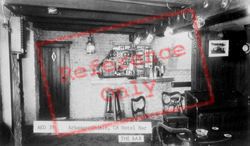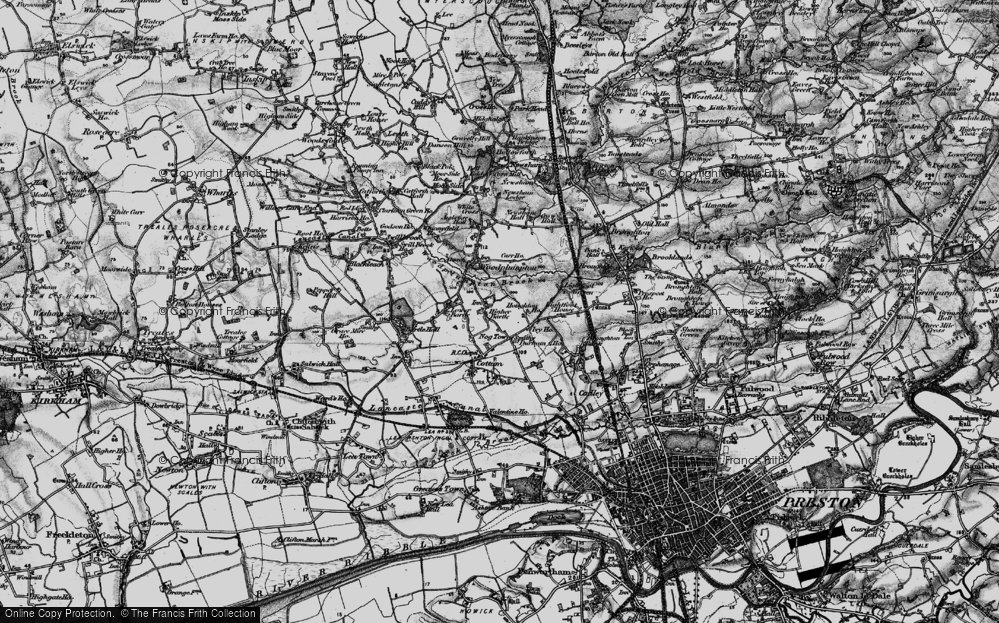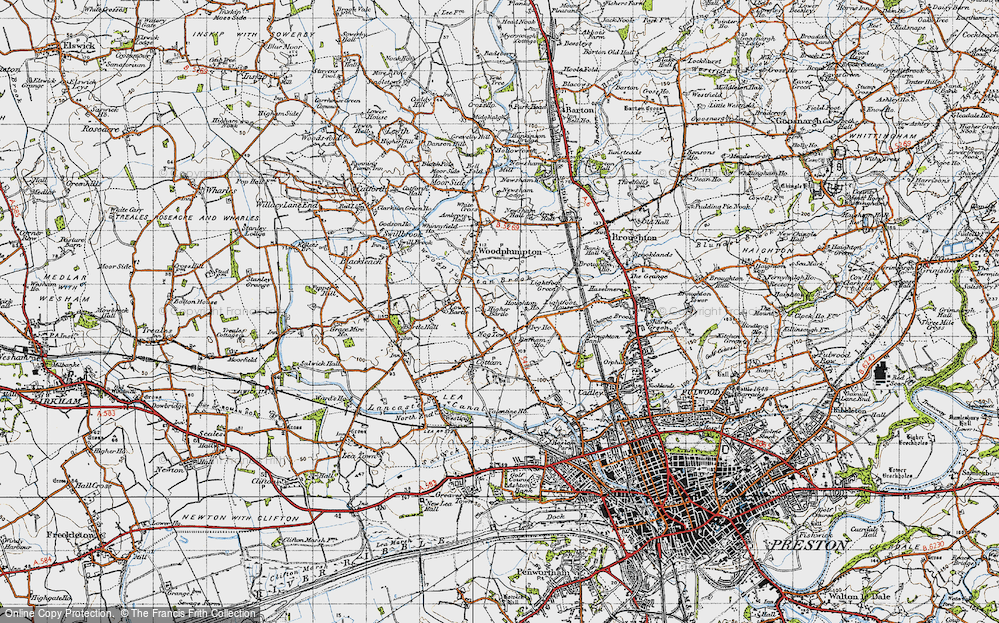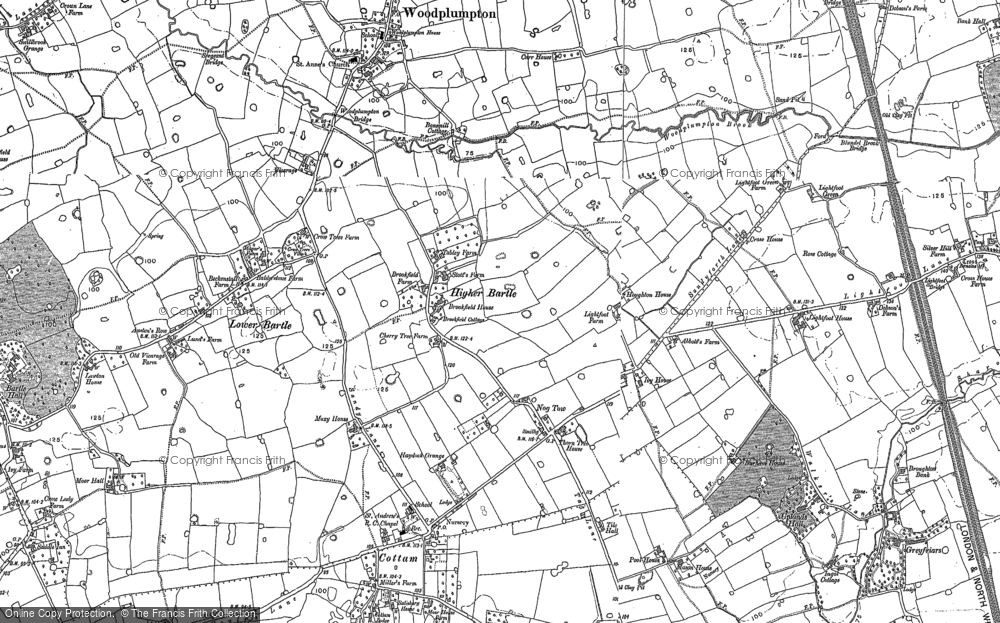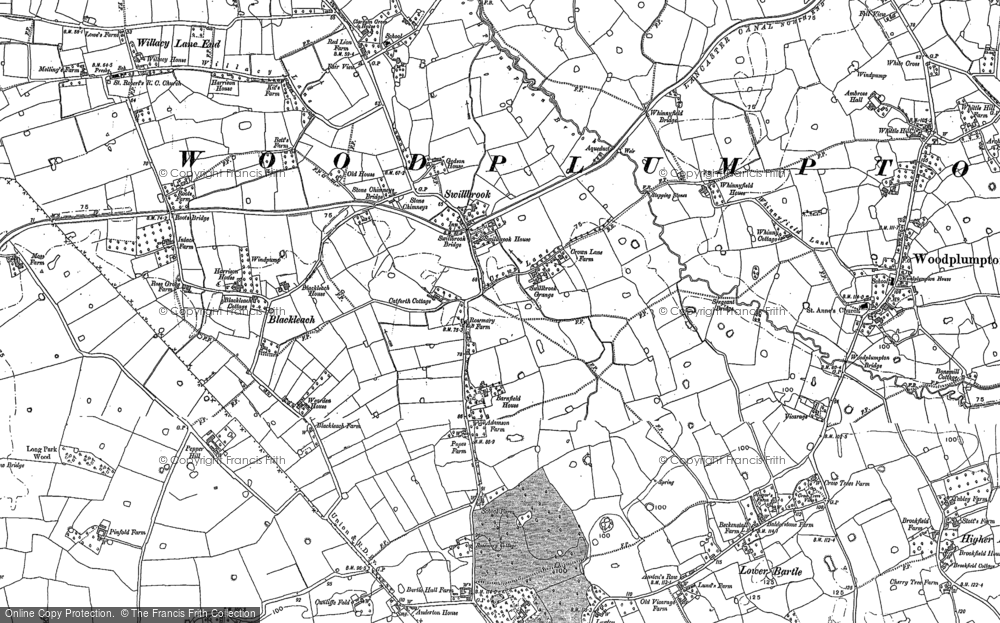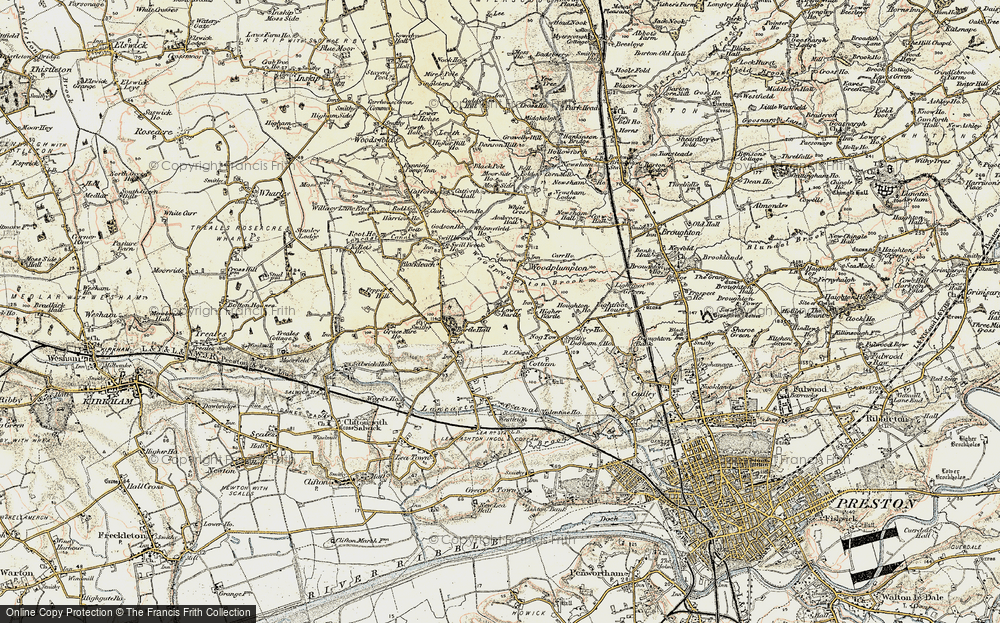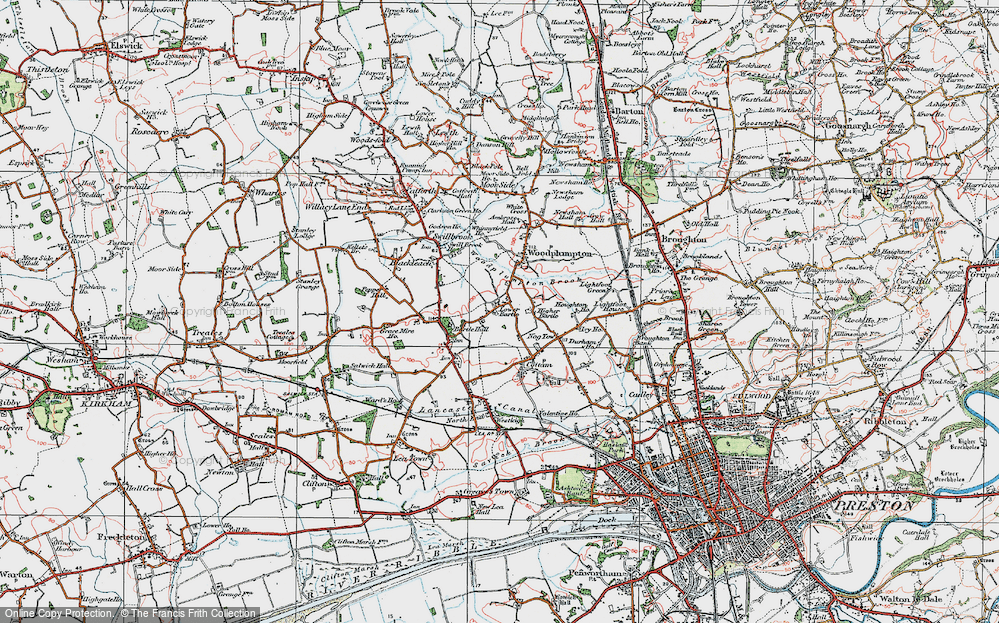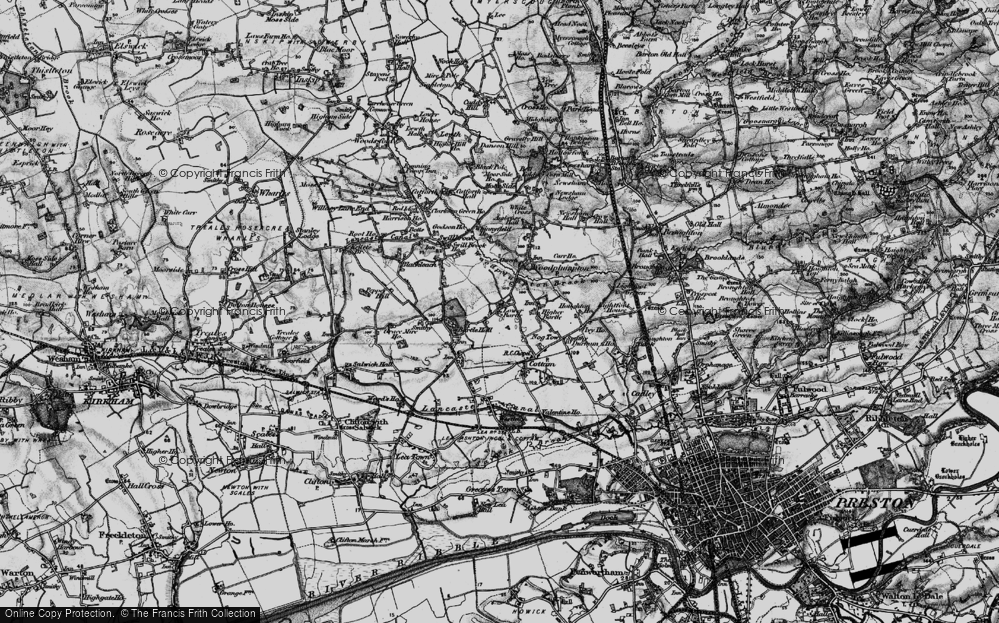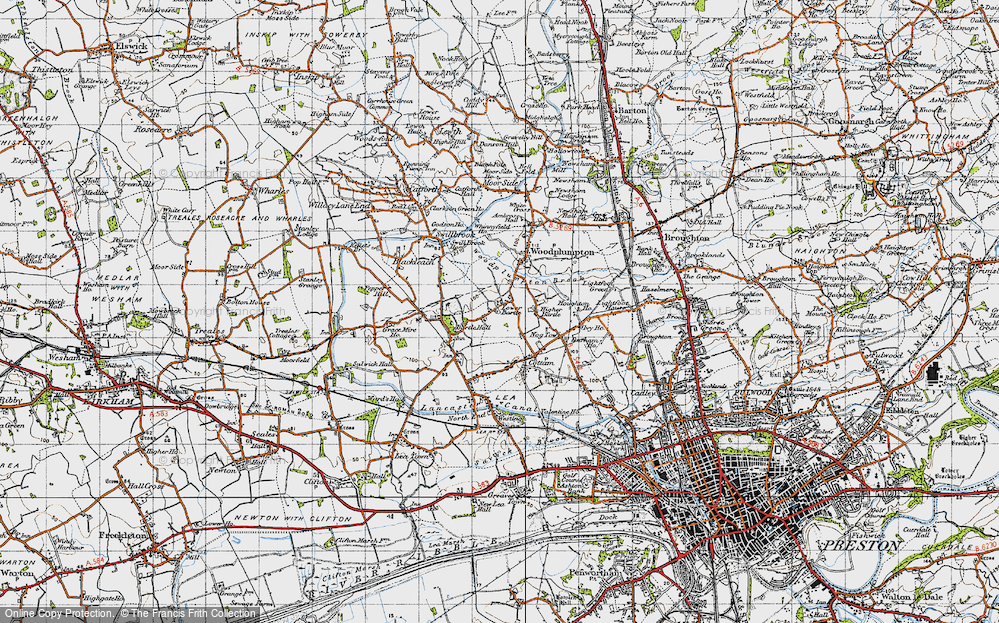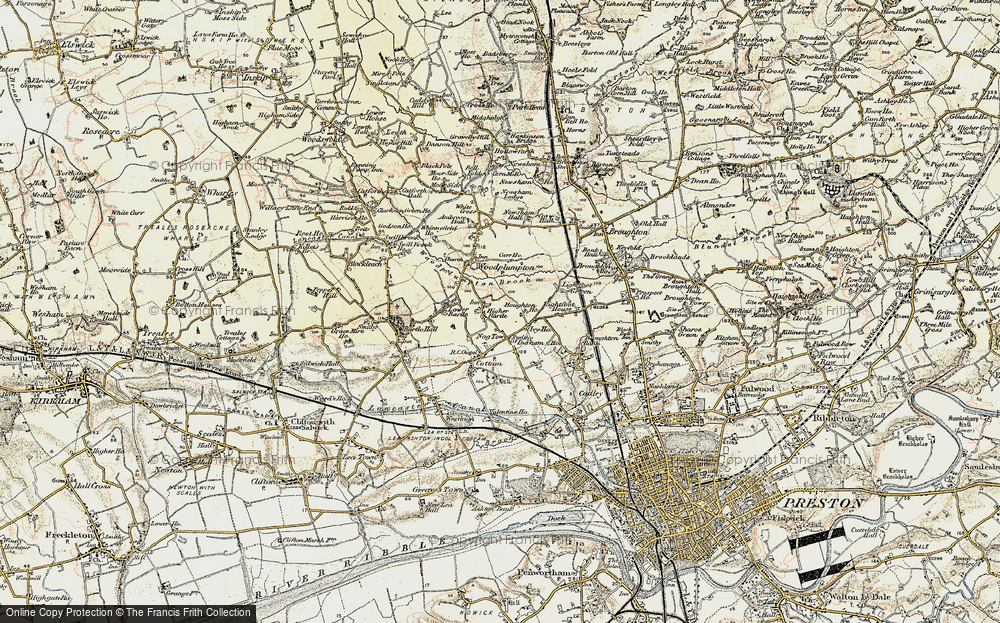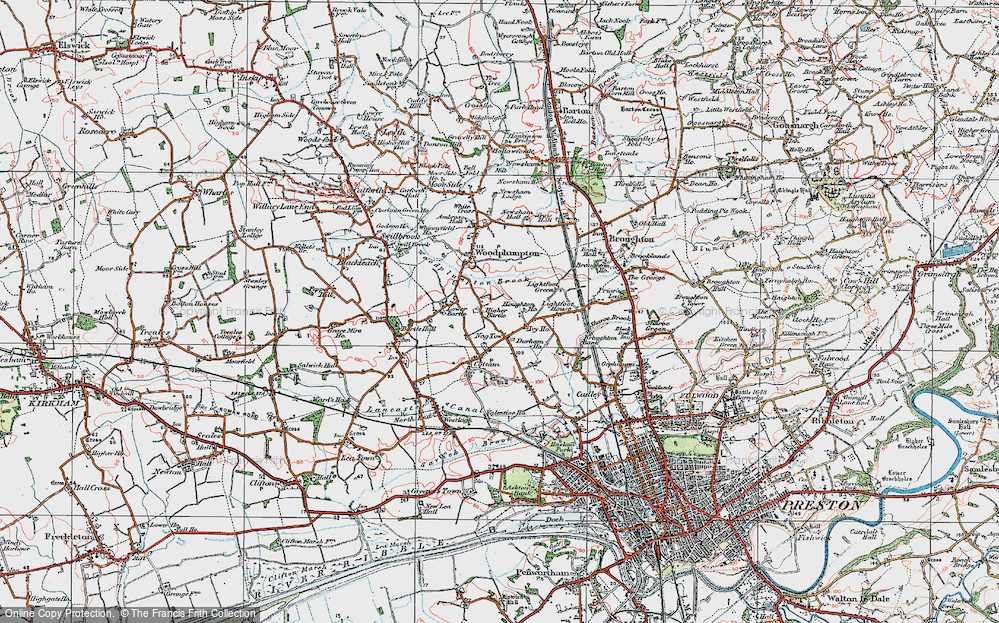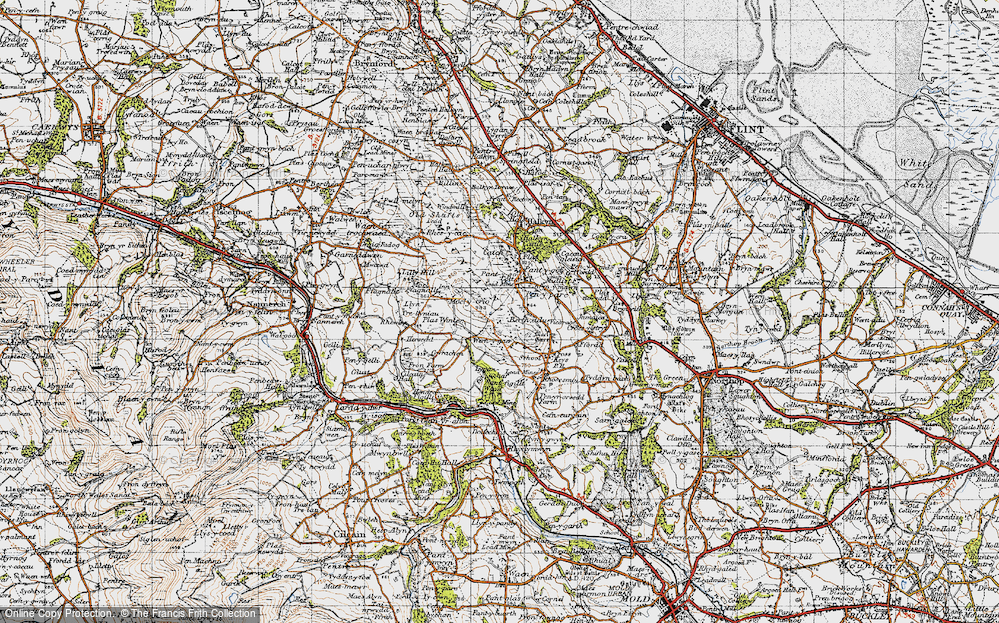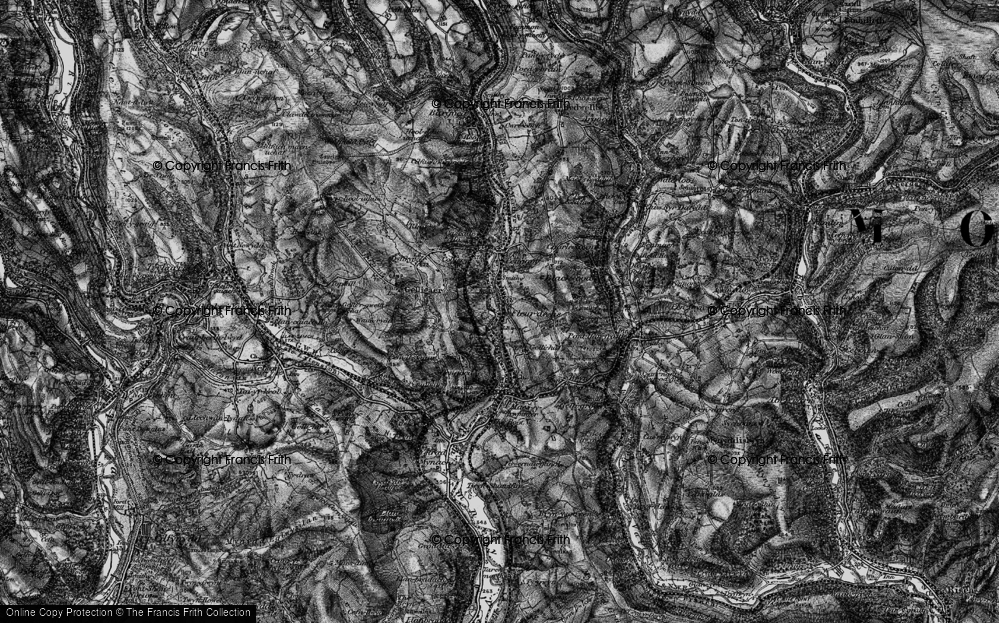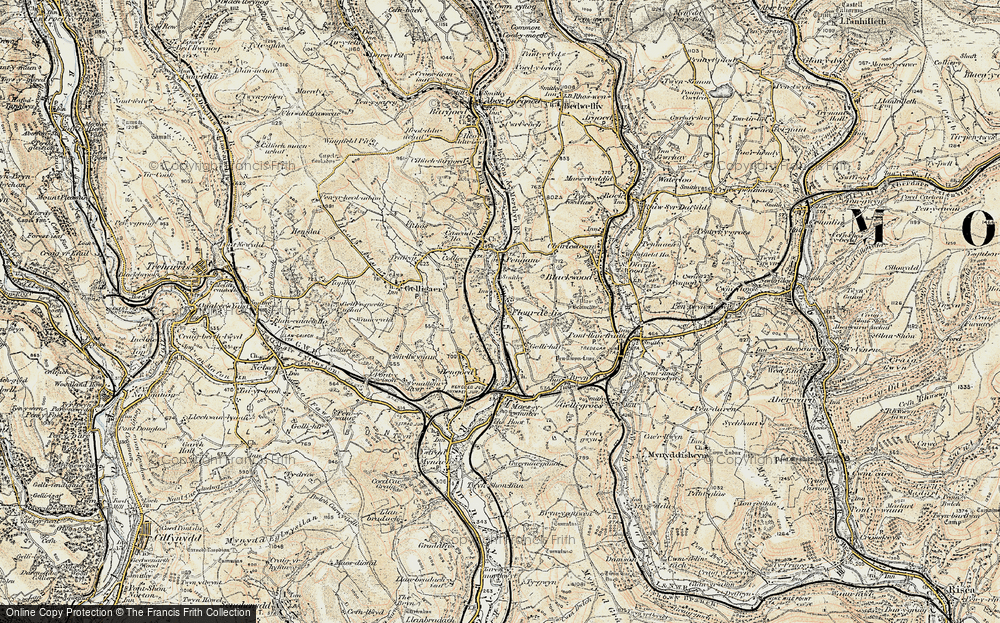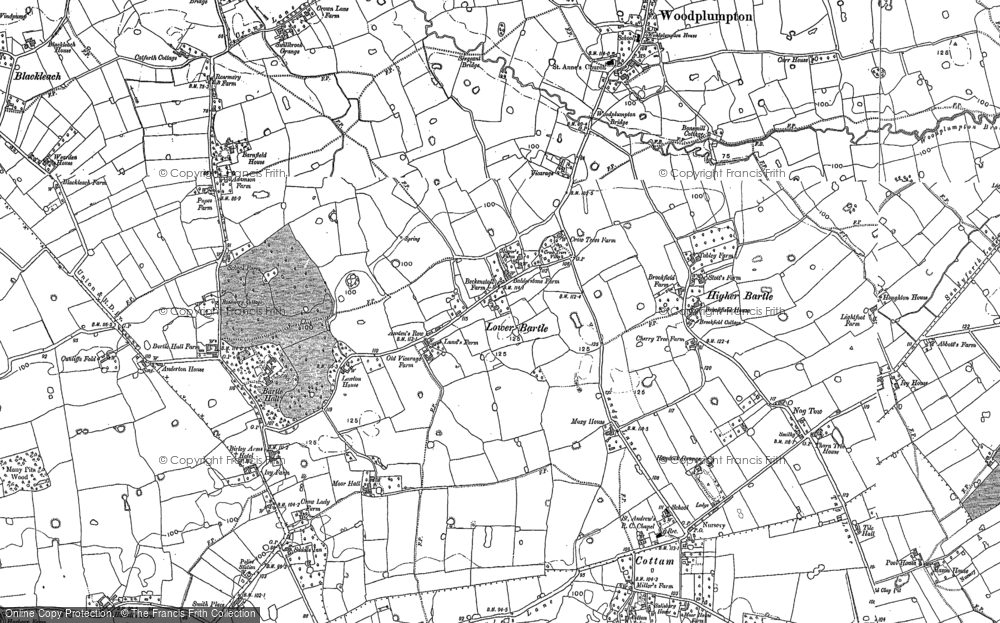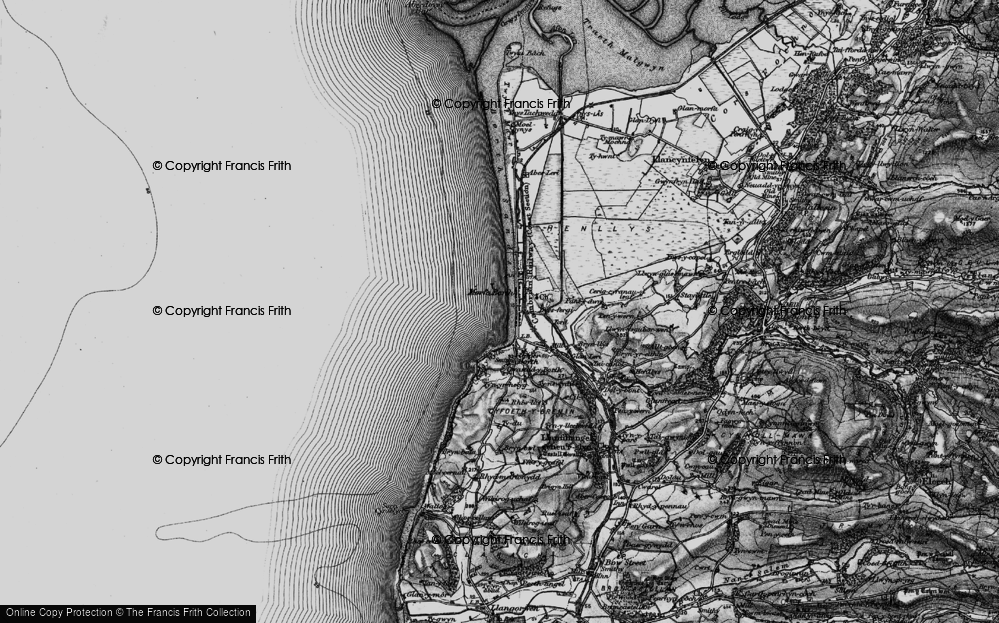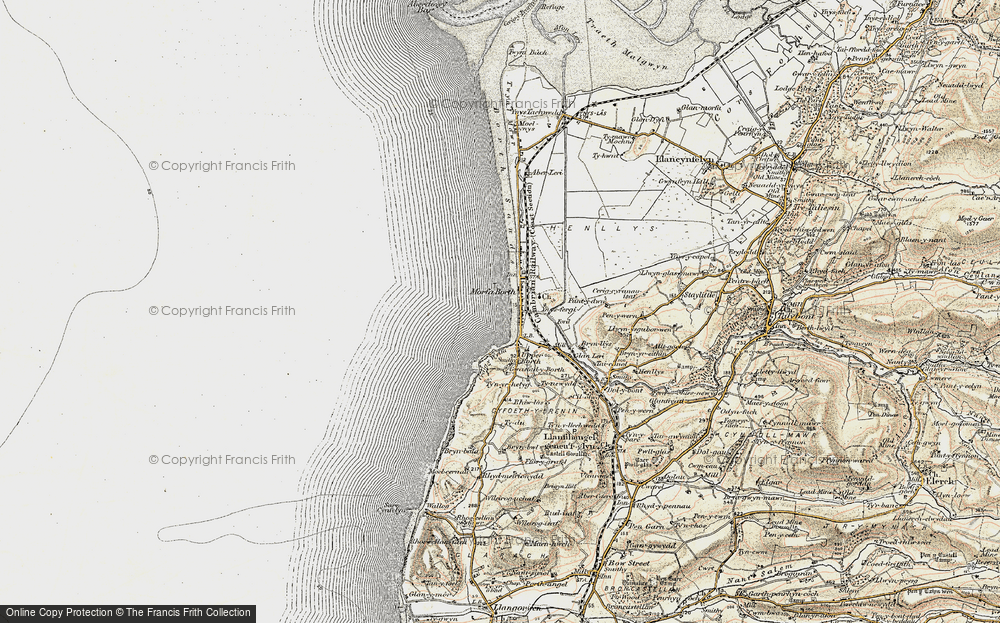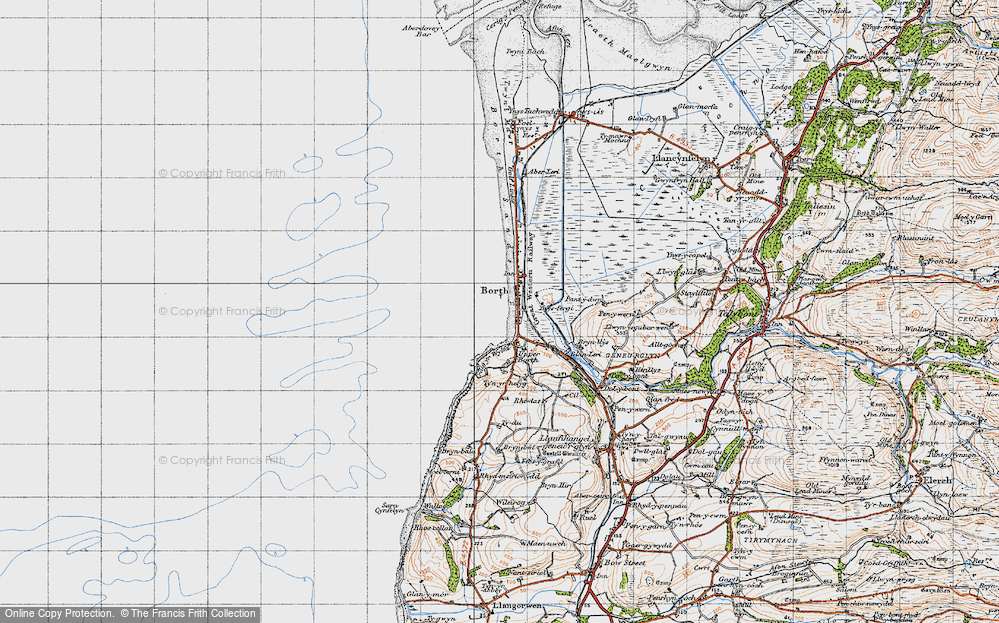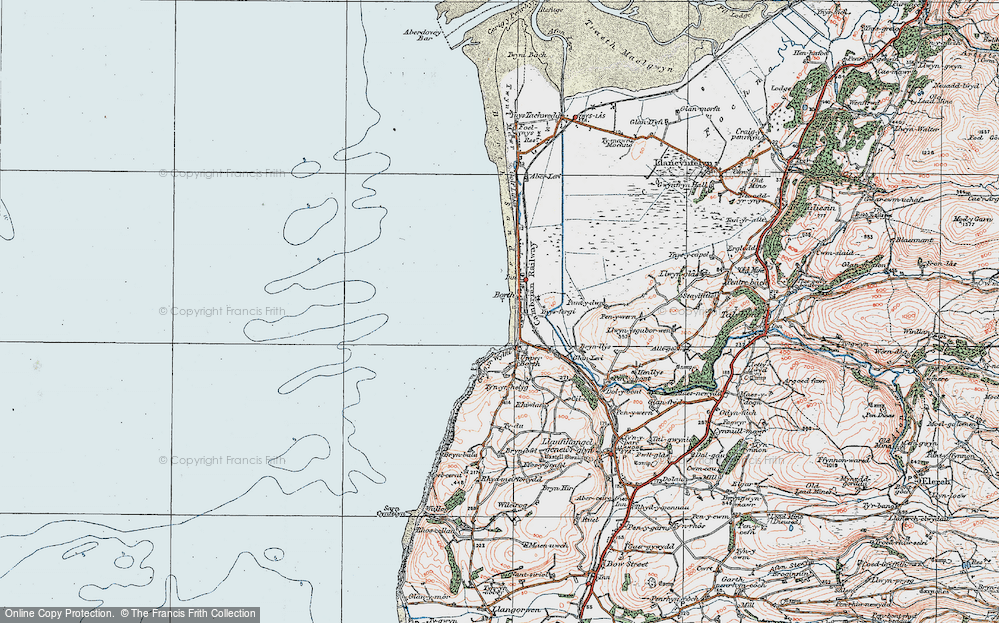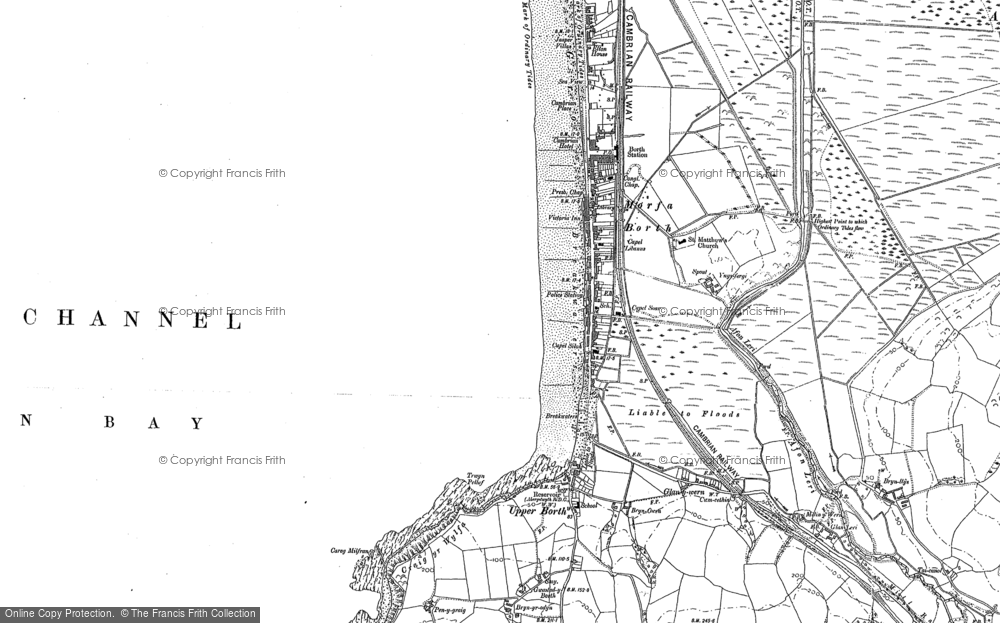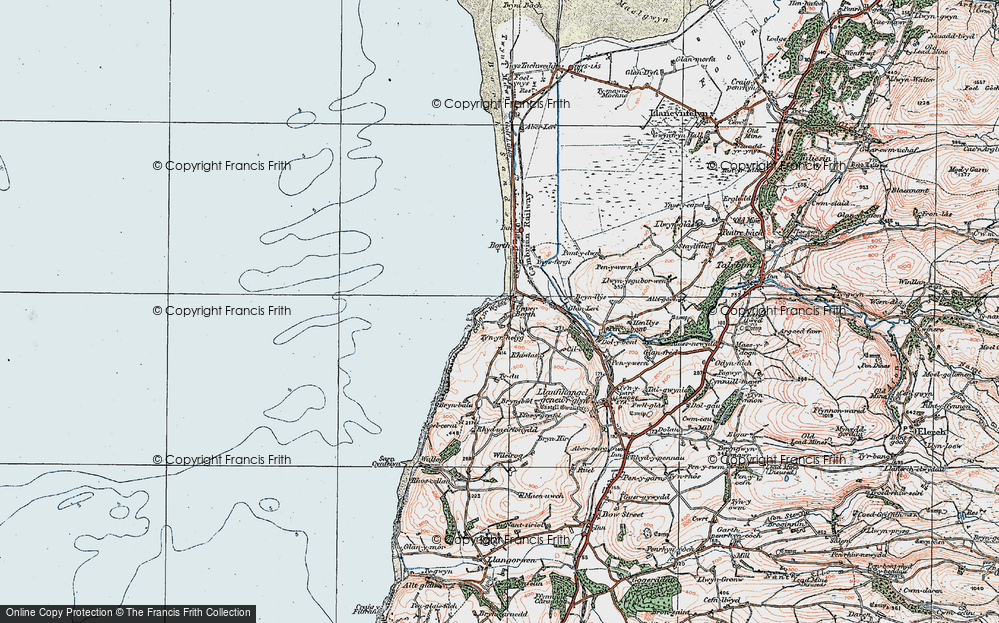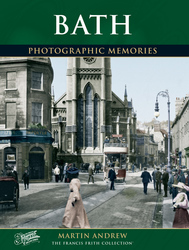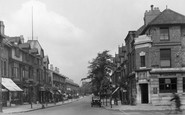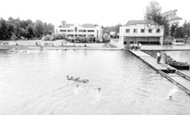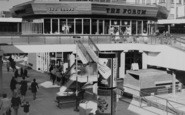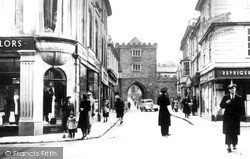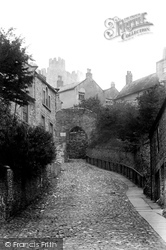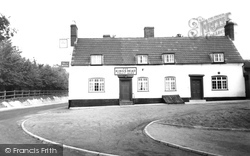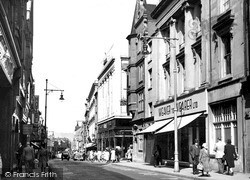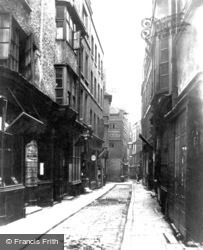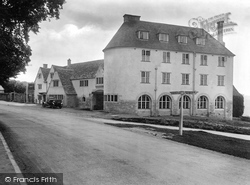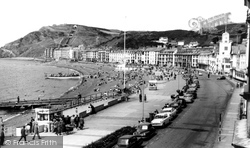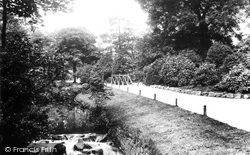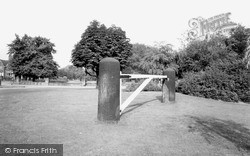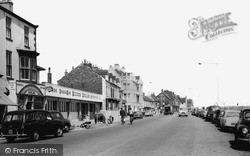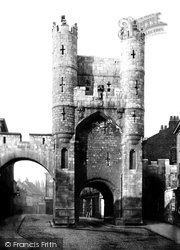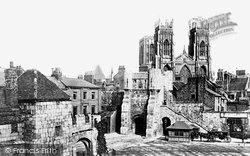Places
Sorry, no places were found that related to your search.
Photos
6 photos found. Showing results 1 to 6.
Maps
862 maps found.
Memories
1,131 memories found. Showing results 1 to 10.
Growing Up In Queensbury
I was born in Wellington Street on the 16th. of June 1955. My mother was Kate Holland, formerly Henderson. and my father was George E Holland. Sadly he passed away in 1939. So I dont remember very much about him. I had a ...Read more
A memory of Queensbury by
Street Life
Welling in the Fifties had never been short of colourful characters plying their trade in and around the suburban Streets. I can fondly recall three from my childhood, the most memorable being the old rag and bone man who sat perched on his ...Read more
A memory of Welling by
Grosvenor Road And Urmston, Always A Place In My Heart.
I lived on Grosvenor Road, Urmston - the allotment end - from 1965 to late 1969 age 3 to nearly 8 years of age with my 2 brothers and parents (we then moved to Blackburn). My daughter has recently ...Read more
A memory of Urmston by
Happy Days
I went to Wescott Road school in 1950 then St Crispins 1956. I can recall quite a few shops. Herrings furniture where you could buy on HP with no checks, as Mr Herring assessed whether or not you looked trustworthy. NSS newsagents. Next door ...Read more
A memory of Wokingham by
A Great Pub, Fit For An Emperor!
Ah the Forum! What a fine and individual pub! I often wondered why the brewers, Ind Coope, called their pub this! Anyone any ideas????? I was at Croydon college around the time this photo was taken and rather than going to ...Read more
A memory of Croydon by
1953 66
I was born in Hayes & lived on a council estate ,Kier Hardie Way. I had a happy childhood, lots of fields over the 'Greenway'& Kingshill Avenue. Went back in about 1985 & it was a bit shabby, then in 2000 & it all ...Read more
A memory of Hayes by
Bordon Infant School Station Road Now The Phoenix Centre
Teachers. - Mrs Boyle, Mrs Clover, Mrs Parrott. Head teacher - Mrs Bingham - she had the library books, stamp and cards in her office upstairs. Playground surrounded the building and constructed ...Read more
A memory of Bordon by
1965
1964 and my parents announced to us kids that we were going to move to the countryside from Great Bar in Birmingham where we were all living at my grandmothers house My Father had died back when I was seven and mother had eventually ...Read more
A memory of Market Harborough by
Thursday Club On The Green, Falconwood Parade
It was the early 1960's and I was a curious teenager beginning a voyage of discovery into the exciting world of pop music, rock and roll, coffee bars and clubs. In fact the first teen club I ever attended ...Read more
A memory of Blackfen by
Air Force Brat
My father was stationed in Lakenheath, England in 1963. My mother and 2 brothers followed 3 months later - I was 12 at the time. Coming from Texas, November in England was a shock, and it was the coldest winter they'd had in 60 years. We ...Read more
A memory of Newmarket
Captions
252 captions found. Showing results 1 to 24.
The earlier picture shows little traffic bar the donkey cart, but the advent of the car meant that by 1949 a traffic warden was needed to control traffic through the arch.
We are looking back in the opposite direction to 65467 through the archway towards the narrow wynd called The Bar. The
We are looking back in the opposite direction to 65467 through the archway towards the narrow wynd called The Bar. The
The King's Head, on the corner of the green, was a favourite stop for race-goers on their way to the Newmarket races.
The ornately decorated Weaver to Wearer shop premises on the right is now a cafe bar; the Queen's Head pub next to it has been replaced by a modern shoe shop.
This narrow street runs north deep into legal London from the beginning of Fleet Street, near Temple Bar. The
Now known as the Bear of Rodborough, this has been a stopping place for centuries, and played an important part as a collecting point for carrier services in this area of steep hills.
The earlier picture shows little traffic bar the donkey cart, but the advent of the car meant that by 1949 a traffic warden was needed to control traffic through the arch.
This was the gateway that led to the road to London. In the 10th century, when permission was granted for a house to be built on the bar, the yearly rent charged was sixpence.
The earlier picture shows little traffic bar the donkey cart, but the advent of the car meant that by 1949 a traffic warden was needed to control traffic through the arch.
This was the gateway that led to the road to London. In the 10th century, when permission was granted for a house to be built on the bar, the yearly rentcharged was sixpence.
East of the High Street and parallel to it, Silver Street leads us out of the market place. On the left next to 'Phipps' is 'The Rising Sun', a Jacobean styled extravaganza of 1892.
In the background we can see the funicular railway for those not wanting to make the 485-foot walk up Constitution Hill.
This was the gateway that led to the road to London. In the 10th century, when permission was granted for a house to be built on the bar, the yearly rent charged was sixpence.
The stone gateposts of Hunter's Bar (see picture No S108224) had a second career after the toll bar was finally closed in October 1884; they were resited at the entrance to Endcliffe Park.
As Sheffield expanded, a number of turnpike toll bars which had once been in the country were now located within built-up areas.
More correctly known as the Loe (meaning 'pool' in Cornish), this mile- long freshwater lake was formed in the 13th century when the River Cober became dammed by a sand and shingle bar
Local tradition alleges that Alfred, Lord Tennyson wrote his famous poem 'Crossing the Bar' with the perilous entrance to the Salcombe estuary in mind.
This is the only one of the four bars that has retained its barbican, or outer gateway.
This sea front view also includes the Marine Hotel, along with some interesting cars of the period.
With four storeys and standing at sixty-three feet high, this is the tallest of the four main bars, and also the most fortified - it was a self-contained fortress.
Local tradition alleges that Alfred, Lord Tennyson wrote his famous poem 'Crossing the Bar' with the perilous entrance to the Salcombe estuary in mind.
The stone-arched building on the right was the postern tower built in 1497 on St Mary's Abbey walls; it is now an office for First York Buses.
The Loe is the largest freshwater lake in Cornwall, and the shore can be a place of peace and contemplation.
Places (0)
Photos (6)
Memories (1131)
Books (2)
Maps (862)




